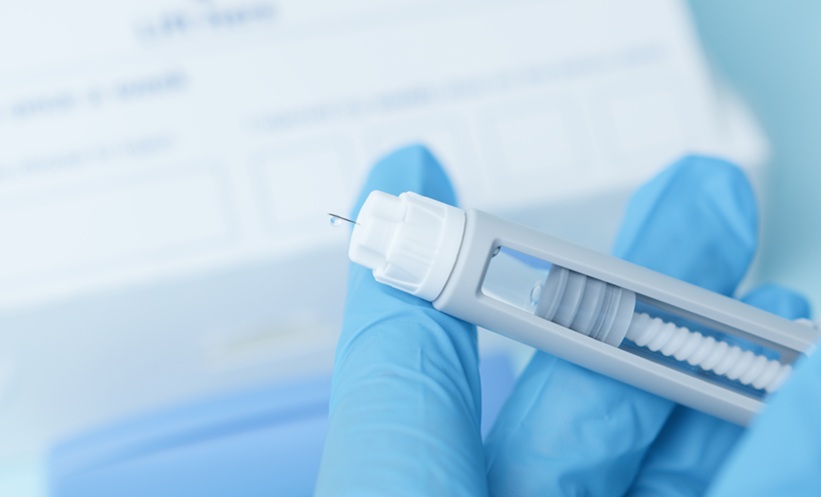Dr Jim Duthie
The past decade, and particularly the past five years have been an exciting time in the management of prostate cancer. After what seemed like an eternity with only one chemotherapeutic agent that made any difference to survival outcomes, but was also very toxic (docetaxel), suddenly clinicians were presented with a range of effective drug options for managing advanced prostate cancer. This included abiraterone, enzalutamide, and the controversial sipuleucel-T, with promising drugs such as galeterone still in the pipeline. The refinements of robotic surgery became available to a wide range of patients, rather than an elite few attending centres of excellence, and helped to encourage a culture of sub-specialisation in prostate cancer surgery. We have adopted new implantable continence devices, and streamlined the management of post-operative erectile dysfunction. We have better understood and applied active surveillance guidelines. Multi-parametric magnetic resonance imaging is improving the accuracy of prostate biopsies and may supplant repeated biopsies in active surveillance. The biopsies themselves are increasingly trans-perineal; which is more accurate and safer than the traditional trans-rectal route. We are still waiting for a better screening tool than prostate-specific antigen, but as they say, you can’t have it all. As a prostate cancer specialist, these developments are enormously heartening. We are taking increasingly better care of our men in terms of patient selection, managing surgical sequelae, and improving and extending life in the incurable.
It does make me feel guilty about bladder cancer though.
We all know that bladder cancer can be a terrible disease. At best, patients with superficial low-grade disease look forward to several years of uncomfortable surveillance and anxiety. At worst, it is easy to miss the window of opportunity to cure high-grade disease while it is still superficial through under-staging the appearance of interval tumours during surveillance, poor patient compliance or, sadly, poor supervision of junior staff performing surveillance cystoscopy. A small mercy for urologists is that we tend to be spared from involvement in the final months of the aggressive disease process, as we usually hand over to our more resilient oncology colleagues.
The EAU affirmed in its 2014 guidelines that no substantial decrease in bladder cancer mortality has been achieved in 30 years.1 That is, roughly from the time that AIDS was first described. At every conference where a statement like this is made, we are all reminded of how shocking this situation is. We are taking out more bladders, and earlier, yet it doesn’t seem to help. More embarrassing is the seeming disorganization of our knowledge: removing lymph nodes definitely helps with survival. Probably. Which ones should we remove? The recommendations change on a seemingly bi-annual basis. Adding chemotherapy to surgery makes a (small) difference, but only in a neo-adjuvant role. Or adjuvant, it seems, but we’re not sure. We can try to perform a nerve-sparing procedure for men, but I am not aware of any studies even attempting to explore how sexual morbidity may be reduced in women, despite this being a usual outcome.2
How have we inherited this disparity in knowledge between prostate and bladder cancers? Since my guess is as good as yours, I will offer some suggestions. Prostate cancer has somehow managed to become a socially acceptable disease. Historically, people are embarrassed to talk about diseases ‘down there’, which seems to remain the case in bladder cancer, but we now proudly wear blue ribbons for prostate cancer and encourage men to ‘get checked’. Demographically, people who are proactive with their own health are more likely to seek disease screening and pursue appropriate disease management, and are in higher socio-economic groups. These people earn more and live longer. Men who have early detection of prostate cancer and, as a result, favourable disease outcomes are more likely to be in positions of responsibility where they are listened to, and are able to contribute to research-based charities. We are more likely to aspire to be the fit, healthy, wealthy 60-year-old that had successful treatment (whether he needed it or not) and is not ashamed to talk about it, than the low-income, frail life-long smoker, or factory worker with previous industrial chemical exposure that presents late with bladder cancer due to fear or ignorance.3
Unfortunately, prostate cancer has become a lucrative industry in a way that bladder cancer has not. Unscrupulous individuals can always increase the prostate cancer pick-up rate through inappropriate PSA screening and prostate biopsies and generate income from the process, which simply cannot be done with bladder cancer. Has this turned pharmaceutical companies off bladder cancer drug development? The fact that there is no market of ‘worried well’ patients to target?
Finally, the critical early stages of diagnosis and treatment are boring and repetitive. Flexible cystoscopy is too easy for proper surgeons, and so is often relegated to a junior staff member. If the attitude is ‘the last trainee could do this on their own, you’ll be fine’, we are shirking our responsibilities. Even the management of Bacillus Calmette-Guérin (BCG) patients is an art, and the stressed junior with limited knowledge may think that the safest thing to do for the patient with high-grade recurrence after treatment is to try some more BCG. It takes expertise to identify and rescue the non-responders from ineffectual treatment, but it is a big deal for a junior to suggest that a patient needs their bladder out.
Perhaps the first step in addressing the disparity in outcomes between the two cancers is to attempt to make bladder cancer as ‘respectable’ as prostate cancer. The simple fact is that funding for research and public awareness results from marketing, and bladder cancer needs to become marketable. If there are significant advances that we as clinicians could make with our existing knowledge to change outcomes, we are clearly not applying them, but I think the issue is more with our limited treatment options; rather than marginal gains through slight re-shuffling of BCG protocols, we need something better than BCG. Imagine, rather than a urine sample that is barely more sensitive than cytology being introduced, a test that had reliable negative predictive value.
We can describe the tools that we need to develop, now who’s going to pay for them?
REFERENCES
1. Witjes JA et al. Guidelines on muscle-invasive and metastatic bladder cancer. European Association of Urology. 2014.
2. Zippe CD et al. Female sexual dysfunction after radical cystectomy: a new outcome measure. Urology. 2004;63(6):1153-7.
3. Of course this is a generalization, and is only meant as a broad analogy. No offence is intended.
All information obtained by European Medical Journal and each of the contributions from various sources is as current and accurate as possible. However, due to human or mechanical errors, European Medical Journal and the contributors cannot guarantee the accuracy, adequacy, or completeness of any information, and cannot be held responsible for any errors or omissions. European Medical Journal is completely independent of this blog piece, views and opinions expressed are those of the authors.







